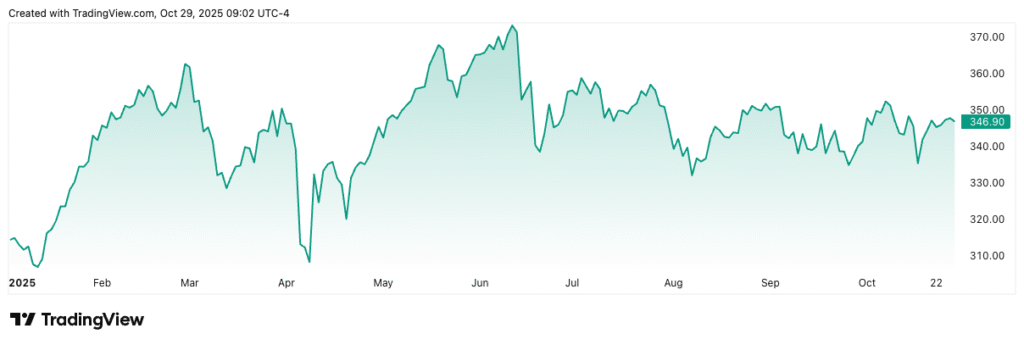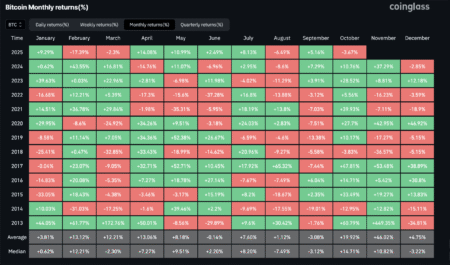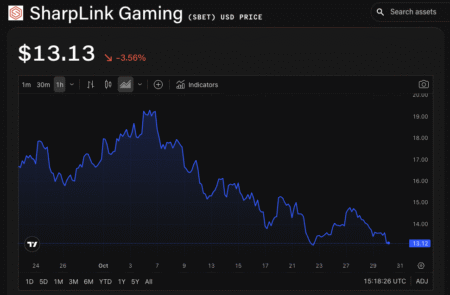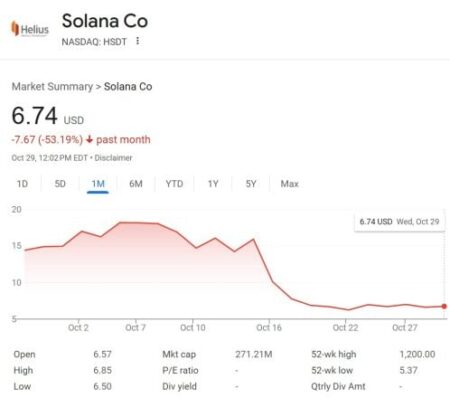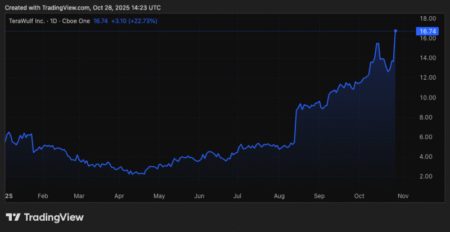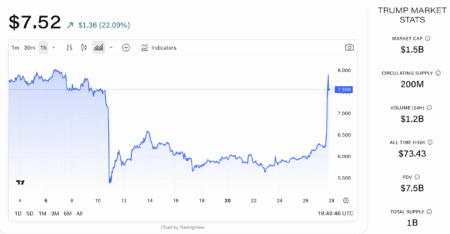Visa’s Stock Performance: A Potential Turnaround Driven by Stablecoins
In the ever-evolving landscape of financial markets, Visa’s stock performance in 2025 has been relatively subdued. However, recent insights from analysts at investment bank William Blair suggest that this trend may be nearing a significant turnaround. One of the key factors contributing to this potential upswing is the growing influence of stablecoins, which are digital currencies pegged to traditional fiat currencies. Visa’s Chief Executive Officer, Ryan McInerney, highlighted the company’s strategy to enhance its payment offerings during a recent earnings call. This move aligns with current market trends, making it an opportune moment for investors to revisit Visa’s stock.
Strategic Expansion into Stablecoins
During the earnings call, McInerney detailed Visa’s plans to support four distinct stablecoins across multiple blockchain networks. This initiative aims to enable users to convert these stablecoins into more than 25 traditional fiat currencies efficiently. Furthermore, he noted that the usage of quarterly stablecoin-linked Visa cards had quadrupled compared to the previous year, facilitating over $140 billion in crypto and stablecoin transactions since 2020. This exponential growth in stablecoin usage presents an exciting opportunity, as Visa positions itself at the forefront of integrating blockchain-based payments into mainstream commerce.
Cross-Border Transactions: A Major Growth Engine
One area where Visa can significantly benefit from stablecoin adoption is in cross-border payments. Currently, cross-border transactions represent less than 15% of Visa’s total payment volume. William Blair analysts argue that as traditional correspondent banking structures fragment, Visa stands to capture a growing portion of this lucrative market. A notable point made by the analysts is that while domestic B2C stablecoin payments may find it challenging to gain traction, the cross-border B2B market, valued at approximately $20 trillion, presents a substantial opportunity. Stablecoins could greatly reduce costs and errors associated with international transactions, therefore accelerating Visa’s revenue growth.
Regulatory Framework and Market Readiness
As regulatory clarity begins to emerge regarding digital currencies, the landscape for stablecoin adoption is becoming increasingly favorable. The passage of the GENIUS Act has acted as a catalyst, pushing companies, including Visa, to leverage stablecoins and blockchain technologies more effectively. Analysts from William Blair expect that many blockchain and stablecoin startups will require partnerships with established financial players like Visa to expedite their growth. This collaboration will not only enhance Visa’s service offerings but also improve internal efficiencies within its operations, making the company a key player in the evolution of digital payments.
Unsustainable Lag in Stock Performance
Despite Visa’s recent stock performance lagging behind peers and the broader S&P 500 index, analysts from William Blair believe that this status is temporary and even "unsustainable." They foresee a "slingshot recovery" in Visa’s stock as its stablecoin initiatives gain traction. With the advantage of its established market presence, Visa is well-positioned to leverage the momentum of stablecoin integration to bolster its core payments and tokenization businesses. The potential for a significant upside—projected at 15% for the next 12 months—may entice investors looking for growth opportunities in the payment processing space.
Conclusion: The Future of Visa and Stablecoins
The combination of Visa’s innovative approach to stablecoins and the promising landscape for cross-border payments positions the company for renewed growth. As it ventures deeper into this digital currency frontier, Visa’s ability to adapt will determine its long-term success and investor confidence. Given the evolving regulatory environment and increasing adoption of blockchain technologies, Visa’s stock could very well experience a resurgence, making it an attractive option for investors. With a thorough understanding of these dynamics, stakeholders can better anticipate Visa’s potential trajectory in a rapidly changing financial ecosystem.
In summary, Visa’s strategic focus on integrating stablecoins within its payment systems is expected to set the stage for significant growth opportunities. As global commerce continues to evolve with digital currencies, Visa’s proactive measures could well position it as a leader in the payments sector, enticing savvy investors looking for promising returns.





